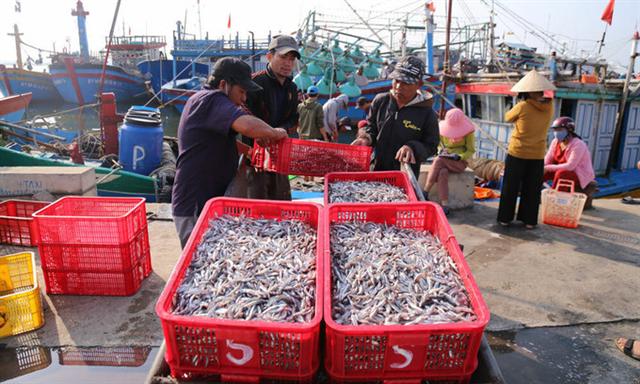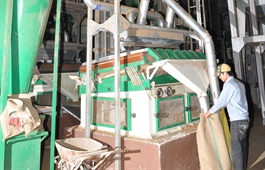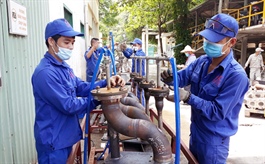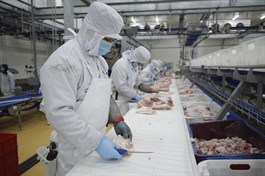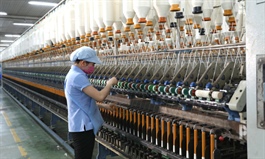Seafood companies fear lack of raw materials as Covid hits farm output
Seafood companies fear lack of raw materials as Covid hits farm output
The decline this year in shrimp and fish farming in the Mekong Delta threatens to cause a serious shortage of raw materials for processors in the coming months.
Fishermen examine the fish they caught in central Quang Tri Province. Photo by VnExpress/Hoang Tao
|
"We have increased shrimp prices, but many farmers are still worried that Covid outbreaks will affect prices later, and so have reduced their [production]," Le Van Quang, general director of Minh Phu Aquaculture Group Joint Stock Company, said.
Speaking at a conference held online on Friday to discuss how to restore processing and exports of agricultural and aquatic produce, he forecast a big shortage in the next three months, and said businesses would be unable to meet foreign orders.
In Tien Giang and An Giang provinces, farmers have been unable to sell their fish, shrimp and crab harvests for months due to Covid-19 restrictions.
Many processing plants have been running at 30-40 percent of capacity as stay-at-work requirements cause a labor shortage.
Nguyen Hoai Nam, deputy general secretary of the Vietnam Association of Seafood Exporters and Producers (VASEP), said the government should come up with policies to encourage shrimp farmers right now so that they could harvest in November to enable exports.
He also wanted it to prioritize Covid-19 vaccination for seafood companies’ workers so that normal production could resume.
The southern provinces and Ho Chi Minh City could be divided into three in terms of likely resilience if certain epidemic prevention measures are adopted after September 15, he said.
The first, where the infection rate is lowest, includes Ca Mau, Bac Lieu, Hau Giang, Soc Trang, Ben Tre, and Vinh Long provinces. Businesses in this shrimp processing hub are expected to return to 60 percent of capacity by October and 80 percent by year-end.
The second, where the epidemic is gradually being controlled, includes An Giang, Kien Giang, Tra Vinh, and Dong Thap provinces and Can Tho city, and here the rates would be 50 percent and 70 percent.
The area with the highest risk of infection, including Long An, Binh Duong and Tien Giang and Ho Chi Minh City, would recover to 40 percent and 60 percent.
Vietnam's seafood exports were worth $5.5 billion in the eight months of 2021, a year-on-year increase of 6 percent, according to the Vietnam Association of Seafood Exporters & Processors (VASEP).


